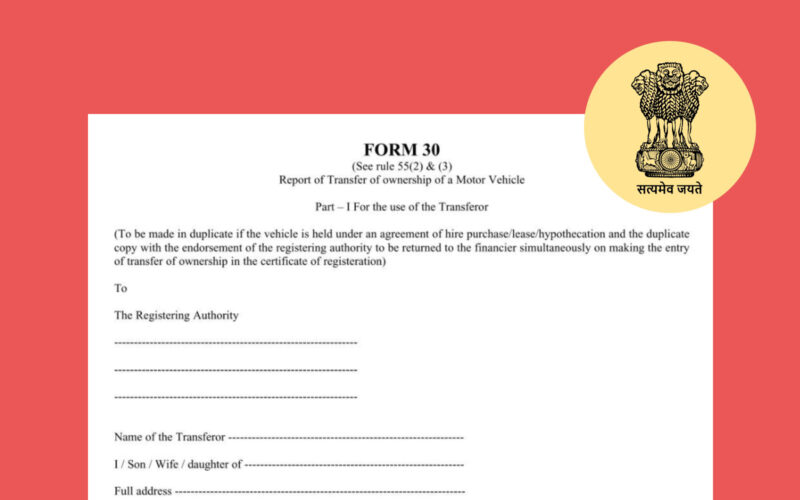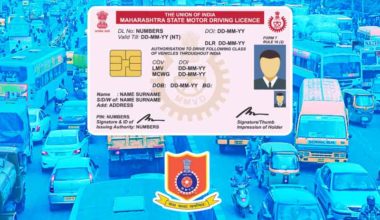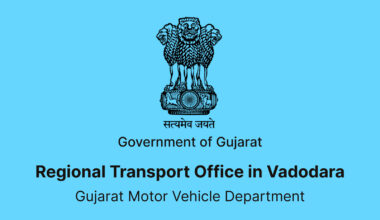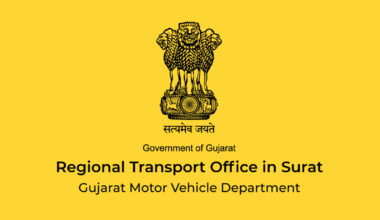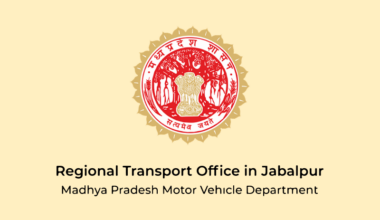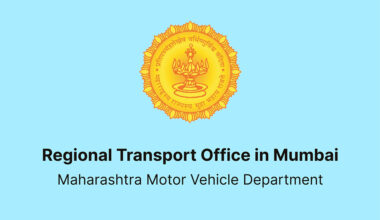When it comes to dealing with vehicle-related documentation, it’s essential to be familiar with various forms required by the Regional Transport Office (RTO). One such form is Form 30, which serves a specific purpose in the context of vehicle ownership and transfer. In this blog post, we will delve into the use of RTO Form 30 and provide a step-by-step guide on how to fill it correctly.
Understanding RTO Form 30
RTO Form 30 is an important document used for notifying the RTO about the transfer of ownership of a motor vehicle. It is typically required when the ownership of a vehicle changes due to various reasons, such as selling a vehicle, transferring ownership to family members, or inheriting a vehicle.
Key Uses of RTO Form 30
Listed below are some of the major uses of RTO Form 30:
- Sale of a Vehicle
When selling your vehicle to another individual or entity, Form 30 must be filled out to initiate the process of transferring ownership officially. The form serves as a legal record of the transfer.
- Transfer among Family Members
If you are transferring the ownership of a vehicle to a family member, such as a spouse or child, Form 30 is required to document the change in ownership.
- Inheritance
In the case of inheriting a vehicle, Form 30 needs to be filled out to update the ownership details and establish legal ownership of the inherited vehicle.
Who Should Fill Out RTO Form 30?
RTO Form 30 should be filled out by the transferor and the transferee involved in the ownership transfer of a motor vehicle.
- The transferor, who is the current owner of the vehicle, should fill out the relevant sections of Form 30, providing their personal details, vehicle information, and reason for the transfer. They should also sign the form to provide their consent for the ownership transfer.
- The transferee, who is the new owner or the recipient of the vehicle, should also fill out the appropriate sections of Form 30, including their personal details and acknowledgment of the transferred ownership rights. The transferee should sign the form to confirm their acceptance of the ownership transfer.
It’s important for both the transferor and transferee to fill out their respective sections accurately, sign the form, and provide any additional required information or documentation. This will ensure a smooth and legally valid transfer of ownership of the motor vehicle.
Documents Required to Fill RTO Form 30
To fill out RTO Form 30, you will typically need the following documents:
| Document Name | Requirement |
| Original Vehicle Registration Certificate (RC) | The original RC of the vehicle for which the ownership transfer is being initiated |
| Address Proof | A valid address proof document such as an Aadhaar card, voter ID card, passport, utility bill, or any other document accepted by the RTO as proof of address |
| Identity Proof | A valid identity proof document such as an Aadhaar card, PAN card, passport, voter ID card, or any other document accepted by the RTO as proof of identity |
| Transferor’s Consent | The consent of the current owner (transferor) to transfer the ownership rights to the new owner (transferee). This can be in the form of a signature on Form 30 |
| Transferee’s Consent | The acceptance of the transferred ownership rights by the new owner (transferee). This is typically obtained through the transferee’s signature on Form 30 |
It’s important to note that the specific document requirements may vary depending on the regional transport office (RTO) and local regulations. It is advisable to check with the local RTO or their official website for any additional or specific document requirements in your region before filling out Form 30.
How to Download Form 30?
If you’re seeking to initiate the process of transferring ownership of a motor vehicle, you have the option to obtain a blank Form 30 via the Parivahan Portal. This form serves the purpose of notifying the Regional Transport Office (RTO) about the alteration in ownership. Here’s how to procure the Form 30 in PDF format:
- Open https://parivahan.gov.in/parivahan/ in your web browser.
- From the main menu, choose “Informational Services.”
- Hover your cursor over “Downloadable Forms” in the dropdown menu.
- Click on “All Forms” to be redirected to a page containing a variety of RTO forms.
- Locate and click on “Form 30” under the ‘Vehicles Related’ category of forms.
- Your form will be downloaded as a PDF file.
How to Fill RTO Form 30?
RTO Form 30 comprises two sections that require completion by both the transferor (seller) and the transferee (buyer) involved in a motor vehicle transfer. Below is how to fill RTO Form 30:
PART 1: For the transferor’s use:
- Fill in your name and address in the specified sections.
- State the date of the vehicle sale and its registration mark.
- Provide details of the transferee, including name and address.
- If the registration certificate is active, mention it. For suspended certificates, attach a No Objection Certificate.
- Affix your signature or thumb impression and note the date in the designated area.
Part 2: For the New Owner (Transferee):
- Fill in your name, age, mobile number, and address in the designated sections.
- Choose a nominee for the vehicle, if applicable.
- Specify the purchase date of the vehicle and its registration number.
- Declare the accuracy and truthfulness of the provided information, ensuring no hidden details or encumbrances on the vehicle.
- Sign your name or provide a thumb impression in the allocated space and include the date.
Important Points to Consider While Filling RTO Form 30
When filling out RTO Form 30 for the transfer of ownership of a motor vehicle, consider the following important points:
- Accuracy of information: Ensure that all the information provided in the form is accurate and matches the details mentioned in the vehicle’s registration certificate (RC). Double-check the vehicle’s registration number, chassis number, engine number, and other relevant details.
- Legible handwriting: Write legibly and clearly in the designated fields of the form. Illegible or unclear handwriting may cause delays or confusion during the processing of the form.
- Correct reason for transfer: Select the appropriate reason for the transfer of ownership from the options provided in the form, such as sale, gift, inheritance, etc. Choose the reason that accurately reflects the nature of the ownership transfer.
- Consenting parties: Both the transferor and transferee should provide their consent for the ownership transfer by signing the form. Ensure that the signatures are authentic and match the names mentioned in the form.
- Dates and signatures: Mention the date of signing next to the signatures of both the transferor and transferee. This helps establish the timeline of the ownership transfer process.
- Supporting documents: Ensure that all required supporting documents, such as the original RC, address proof, identity proof, and any other documents specified by the RTO, are submitted along with the filled form. Check with the local RTO or their official website for the specific document requirements in your region.
- Timely submission: Submit the completed Form 30 and supporting documents within the stipulated timeframe as instructed by the RTO. Delayed submissions may lead to additional complications or penalties.
- Follow RTO guidelines: Familiarize yourself with the guidelines provided by the RTO for filling out Form 30. Consult the local RTO office or refer to their official website for any specific instructions, additional requirements, or changes in the process.
By considering these important points while filling out RTO Form 30, you can ensure that the form is completed accurately and meets the necessary requirements for a smooth transfer of ownership of the motor vehicle.
Conclusion
RTO Form 30 plays a crucial role in facilitating the legal transfer of vehicle ownership. By understanding its purpose and following the step-by-step guide for completion, individuals can ensure a smooth and legitimate transfer process. Remember to consult the local RTO or refer to their official website for any specific instructions or requirements related to Form 30 in your region. Stay informed and adhere to the prescribed guidelines to avoid any complications during the ownership transfer of a motor vehicle.
